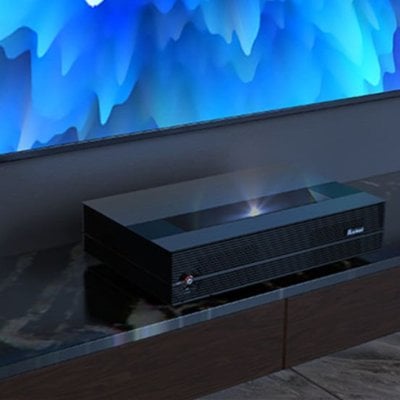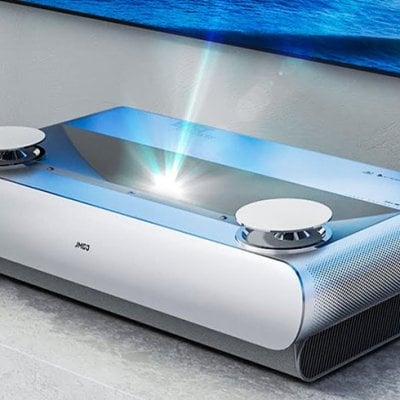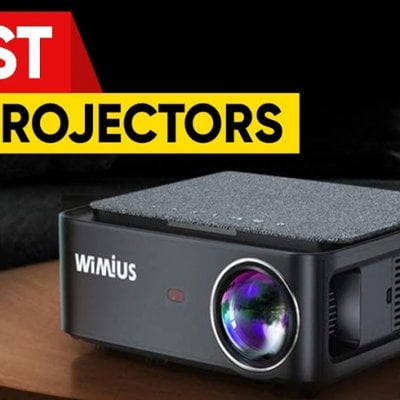4K Resolution
4K resolution belongs to ultra-high definition resolution. At this resolution, the audience will be able to see every detail and close-up in the picture. If 4096× 2160 resolution is used in the cinema , no matter where in the cinema, the audience can clearly see every detail of the picture.
4K resolution refers to 4096 pixels per row in the horizontal direction, regardless of the frame ratio. Depending on the application range, 4K resolution also has various derived resolutions, such as 4096× 3112 of Full Aperture 4K . 3656× 2664 of Academy 4K and 3840× 2160 of UHDTV standard , etc., all belong to the category of 4K resolution.

4K Projector
First of all, in a sentence to explain the 4K projector: the real 4K projector is that there are 8.3 million pixels on the projection screen. The simplest understanding is that 4K is Ultra HD and 1080p is HD. Compared with 1080p HD pictures, 4K movies have four times the fineness. It can be also divided into original 4K and “shake” 4K,which is the low configuration of 4K projector.

- Original 4K Projector
It refers to a projector that uses true 4K original chip to output 4K resolution.
If the DLP projector wants to reach the native 4K, the DMD chip size should reach an amazing 1.38-inches. The required configuration and heat dissipation requirements are relatively strict, and the price is very expensive. It is mainly used in professional cinemas.
- “Shake”4K Projector
It mainly refers to that the DLP projector uses XPR technology to realize the Diagonal displacement of the micro mirror of the imaging chip, so that the small-size chip can show higher resolution. It is a relatively simple and rough technology to achieve 4K resolution, commonly known as “Shaking 4K”. The advantage is that it is close to the effect of native 4K projection and has high cost performance. The disadvantage is that the effect of careful comparison is worse than that of Original 4K.
Brief Selecting points of 4K projector
- Brightness
Because the projector adopts the principle of diffuse reflection imaging, the brightness of light source is a key factor affecting the imaging effect. The marked brightness mainly uses “light source brightness” and “ANSI brightness”, where “ANSI brightness” is the international standard unit of projector lumen. The projector brightness without “ANSI brightness” generally refers to the brightness of the light source, and the actual brightness should be greatly reduced.
- Camera lens
The imaging principle of the projector determines that it is essentially an optical device, so the material of the lens is also an important factor in the imaging effect of the projector. Generally speaking, the projector with glass lens has better imaging effect than that with resin lens.
In addition, there are two kinds of projectors: fixed focus and zoom. The zoom projector can project a larger picture when the position is fixed.
- Throw Ratio
Throw ratio refers to the ratio of the projection distance of the projector to the width of the imaging picture. According to different projection ratios, projectors can be divided into ordinary focal length, short focal length and ultra short focal length.
Generally speaking, the medium and long focus projector has a projection ratio between 1.1 and 1.9. A short focus projector has a projection ratio less than 1. The projector with a projection ratio less than 0.6 is an ultra short focus projector.
- Trapezoidal Correction
“Forward projection” means that the projector lens is located in the middle of the projected picture. In general, the forward projection can obtain the best image quality and brightness. However, due to the influence of the environment, sometimes side projection has to be carried out, so the picture will appear trapezoidal. Trapezoidal correction is to calibrate the picture by optical or digital ways so that the picture presents a standard rectangle.




